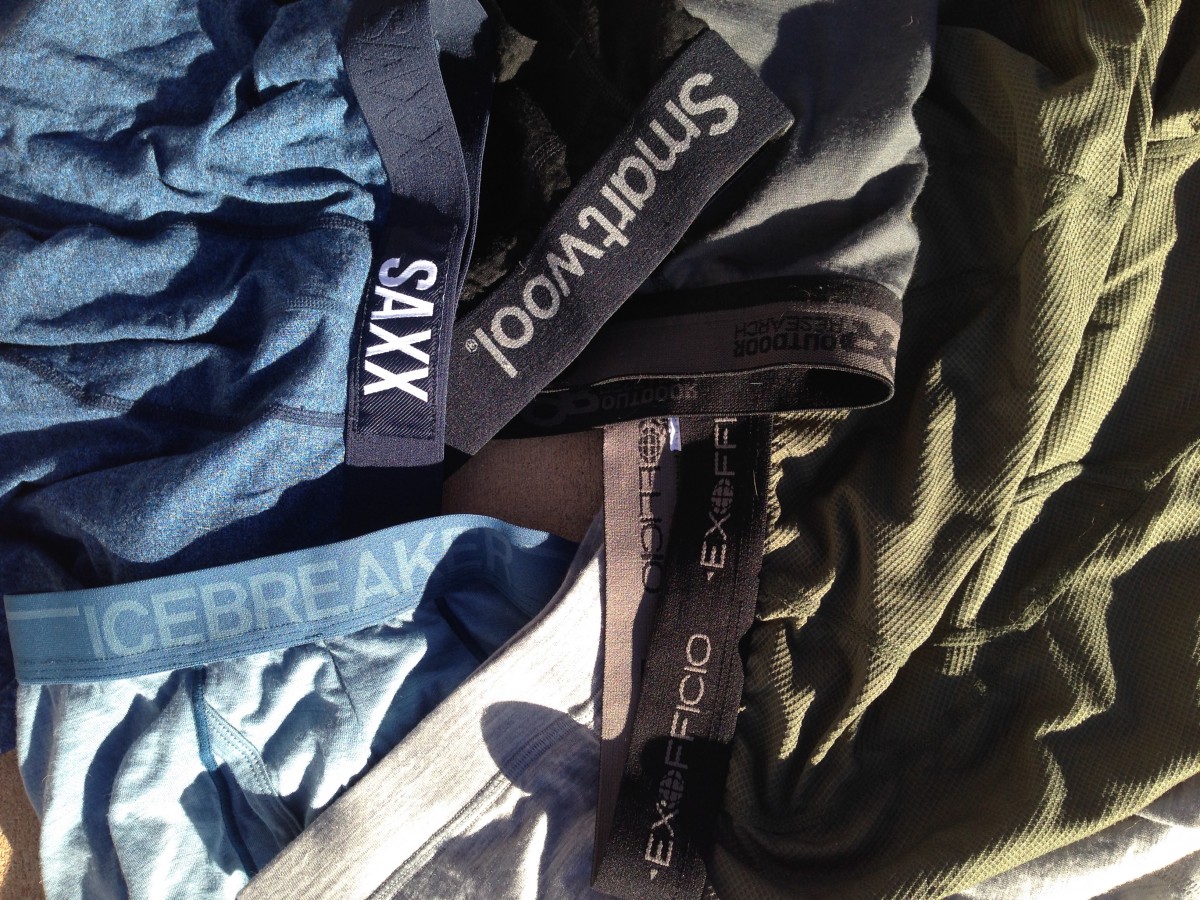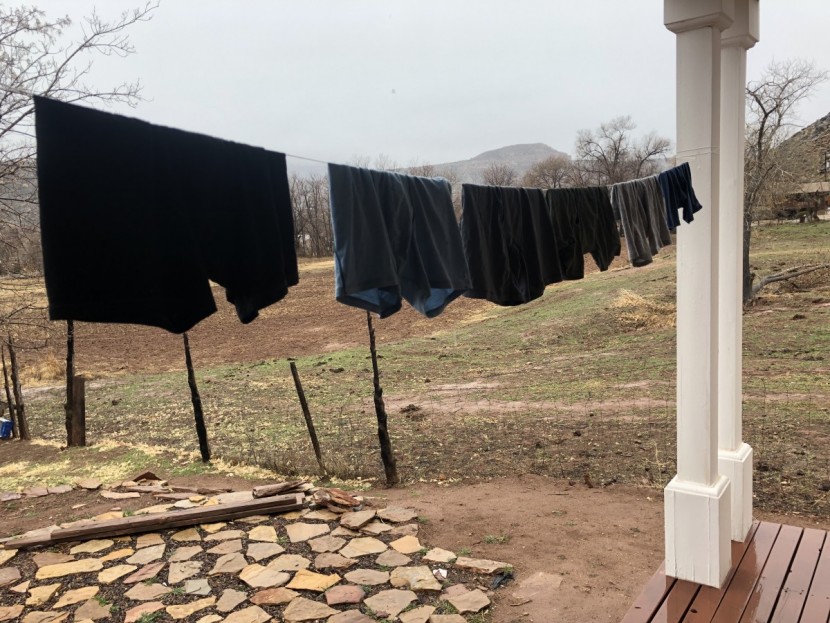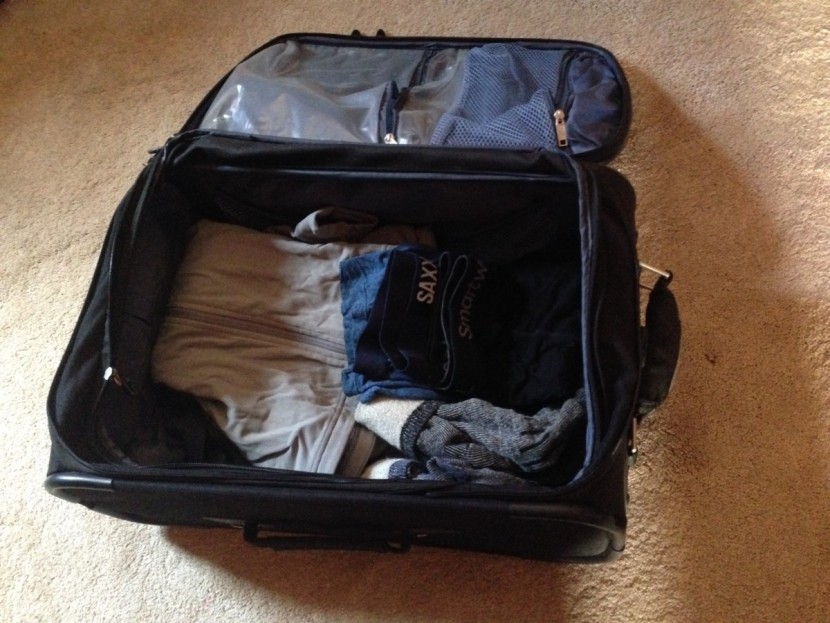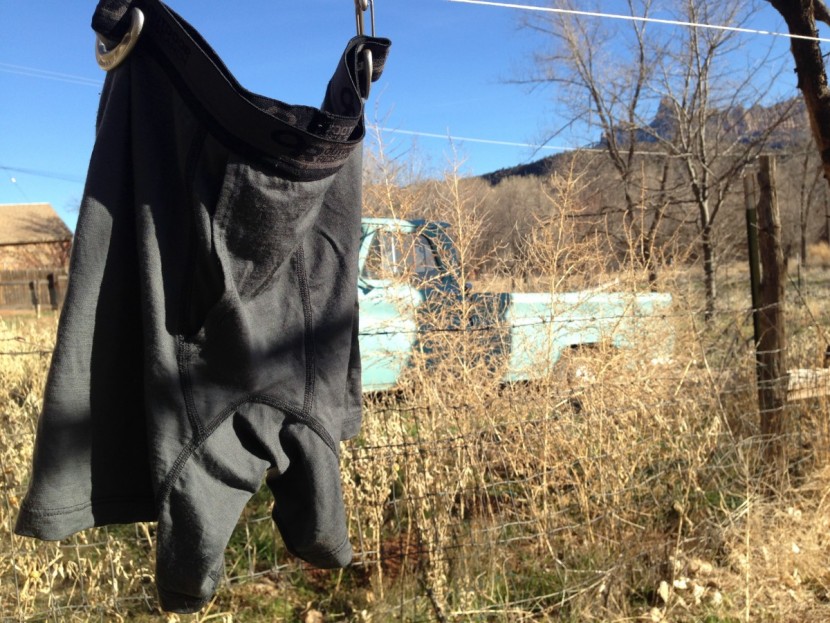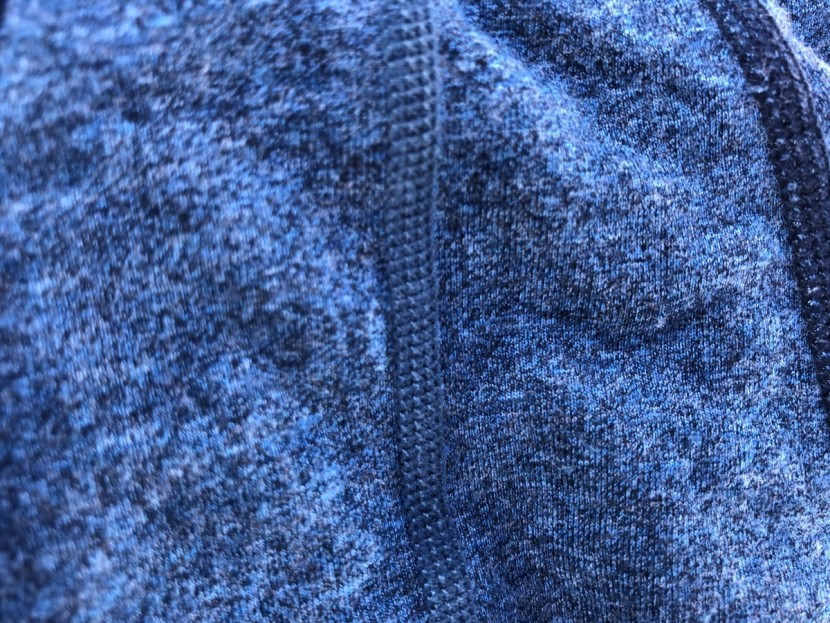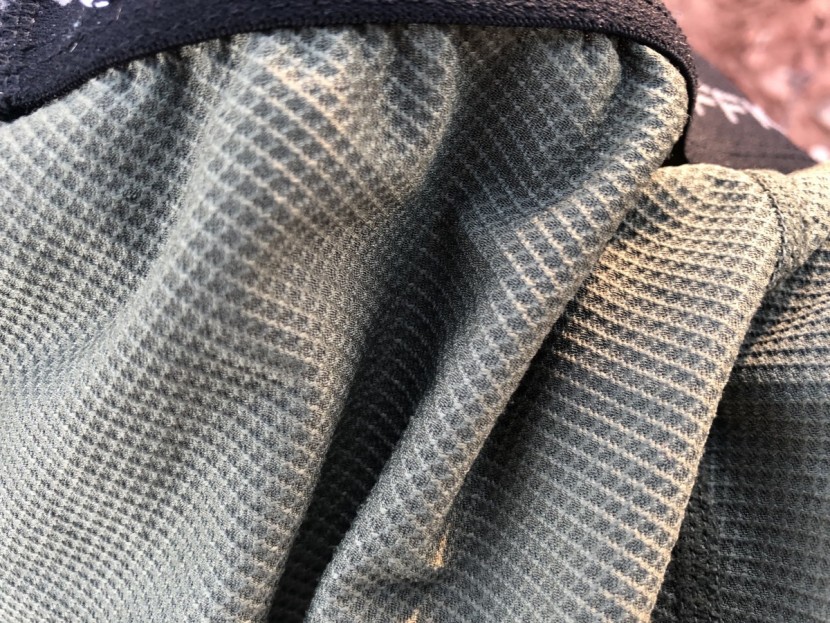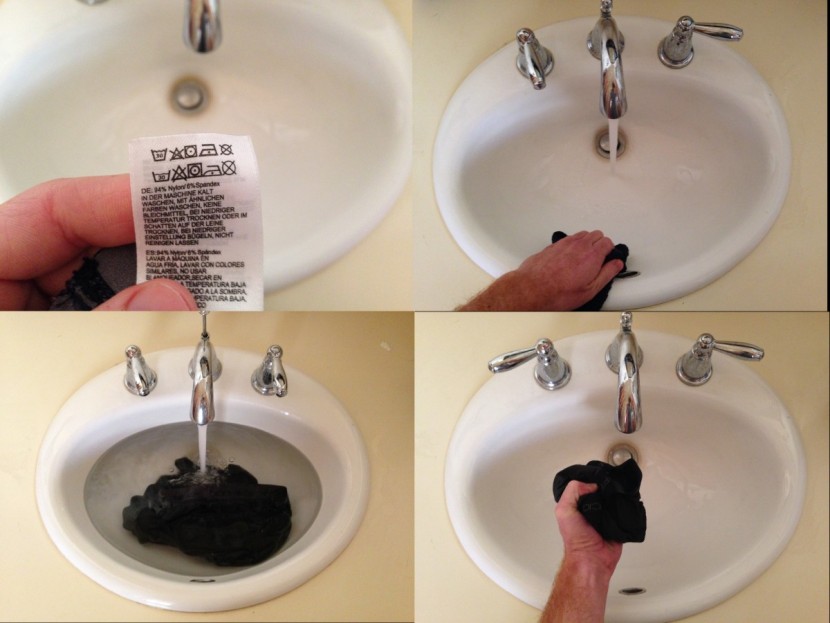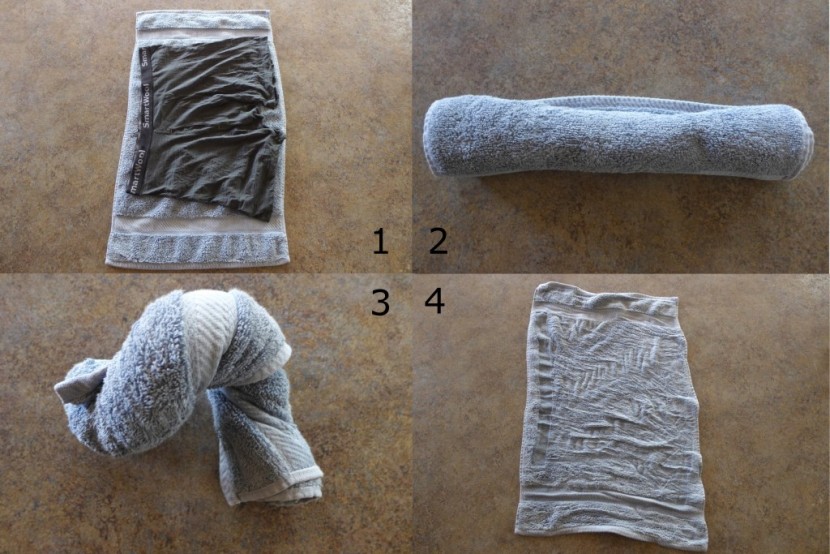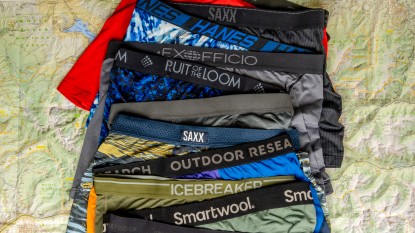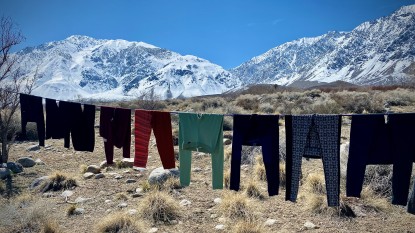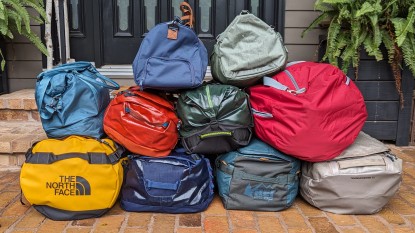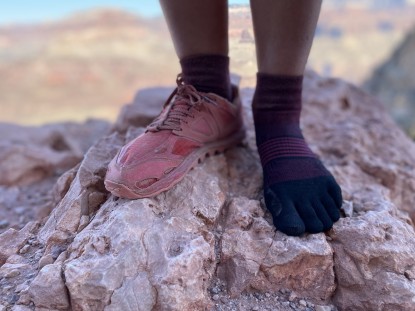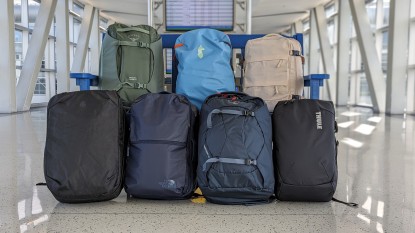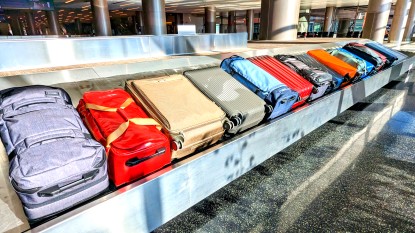What is Travel Underwear?
You might be asking yourself, how is this underwear different from what I usually wear? Aside from the fact that these have fewer holes worn through them than your old standby's, there are a couple of things that set travel underwear apart. The idea is to travel light, so every piece of clothing you take must be versatile enough to adapt to most situations, and be worn for a few days without getting gross. It should also be easy to wash, as you can't always rely on a machine washer or a dry cleaner wherever you're going. In addition to traveling, these skivvies can also be used daily, and we especially like them when we're active outside. Without regular daily use, it might be hard to justify the price otherwise, unless you travel frequently or hit the backcountry on the regular.
If you've decided to update your underwear game beyond the realm of cotton tighty-whiteys, there's a whole world of undergarments out there, with a wide range of choices from sleek briefs to voluminous boxers, and a host of fabrics to select from. It's worth checking out a few different types to find what you like.
A Question of Style
First and foremost, there's more or less three different styles of men's underwear on the market currently: boxers, boxer briefs, and briefs. Boxers fit like baggy shorts, which are the comfiest for lounging and sleeping in but tend to wad up under other clothes during activity, and don't hold your anatomy in place. While we do like them for lazy days, we wouldn't recommend them for days where you'll be out moving around.
That leaves boxer briefs and briefs. Both are tighter and more svelte than boxers, which can cut down on chafing from extra fabric or too much skin-to-skin contact. Boxer briefs have short legs to reduce chafing from thighs rubbing on one another or from pockets on the overlying pants. For this review, we only covered boxer briefs because they're the most popular kind of active underwear for men, but we recommend trying all three styles out to find what you like.
What About the Fly?
One thing we were surprised about when we asked male colleagues about their preferences was the surprising lack of need for a fly for some folks. While our main tester definitively prefers them, many don't, or are indifferent. Some even actively disliked them, stating they add to the likeliness of chafing.
We prefer flys when there is a lot getting in the way of answering the call of nature, like a climbing harness, ski pants, or a tuxedo (you don't regularly find yourself in a tux?). We did find flyless underwear more comfortable when we were moving our legs a lot (running) or were wearing other things that preceded the use of a fly (bike shorts). For strictly travel use, there isn't a significant need for a fly, although having one doesn't bother most, either. Consider when you'll be using this pair of underwear the most, what you find most comfortable, and pick accordingly.
Fabrics
The other major objective factor in underwear is the fabric. Different fabrics have varying pros and cons and are really the determining factor for underwear and how well it performs in different circumstances.
Merino Wool
Merino wool has rightfully earned its place as the finest fabric for base layers, including underwear, in the land. Merino wool comes from merino sheep, originating from Spain, but now mostly raised in New Zealand and Australia. Merino wool is much finer than typical wool, making it much softer than the scratchier rag wool you might remember from your parents' old ski sweaters. Merino wool has many of the characteristics we like from natural fibers, such as antimicrobial resistance to keep the stink down and wicking properties while performing like synthetic fabrics in wicking moisture away from the skin.
Pros of Merino
- Insulates, even when wet
- Soft feel
- Breathable
- Wicks moisture away from the skin
- Resists odor retention well
- Sustainable material
- Able to wear multiple times before washing
Cons of Merino
- Expensive
- Heavier than other fabrics
- Dries slowly
- Not as durable
- Some folks are allergic to wool
Semi-Synthetics Fabrics
Hovering in the odd space between natural fibers like wool and fully synthetic nylons and polypropylenes are the semi-synthetics, namely rayon and viscose. Semi-synthetics start as a cellulose-rich plant, often bamboo, that gets heavily processed with things like ammonia, caustic soda, and other industrial chemicals. While it gets marketed as a more sustainable and natural fabric option, that isn't necessarily true, although some companies are trying to improve their processes to make it less wasteful and more eco-friendly. Semi-synthetics bridge the gap between synthetic and natural fibers, maintaining some characteristics of each.
Pros of Semi-Synthetics
- Less expensive than wool
- Very soft
- More durable than pure wool
- Dries quickly
Cons of Semi-Synthetics
- Doesn't wick as well
- Less sustainable than natural fibers
- Not as durable as synthetic fabrics
Synthetic Fabrics
Synthetic fabrics are made from synthesized chemical polymers spun into long fibers. Although newer than the old standby of wool, synthetic fabrics have been around in the outdoor industry for decades at this point, and work quite well for clothing. However, there are some limitations to synthetic fabrics, as they don't regulate temperature as well, and tend to hold body odor for much longer than natural fibers.
Pros of Synthetics
- Less expensive than other options
- More durable than natural fibers
- Easier to wash
- Dries fast
- Absorbs less water
Cons of Synthetics
- Hard to get rid of odors
- Doesn't regulate temperatures as well
- Less sustainable than wool
- Less Breathable
Blended Fabrics
Most clothing these days, underwear included, isn't solely one fabric. Usually its a blend of fabrics to get the benefits of different fibers to work together. Often there is a predominant fabric which the garment will act most similar to, and the blend information is usually found on the tag. Keep this in mind when trying to find the right pair of underwear for you. For example, some of our favorite pairs of wool underwear have nylon blended into the fabric to increase its elasticity.
Care and Washing
Because these fabrics are not always made from conventional fibers, they sometimes require special care when washing. In general, hand washing them in the sink in warm (not hot!) water, and then line-drying them is the safest bet. However, there is an international symbol system that lets you know how to care for an individual item. The symbols are usually printed on the tag or below the waistband. When picking a pair of underwear for travel, make sure you know how to clean them, so you don't end up with Barbie-sized underwear or a melted meteor that used to be your favorite pair.
Hand Washing
Inevitably, you'll end up traveling somewhere with a suitcase full of stinky clothes and need to hand wash and dry your clothes in the sink of some hostel or hotel room. To hand wash, first clean the sink or basin you're using if it's not already clean; sometimes other people have used things that leave a residue that can be harmful to clothes, like bleach or makeup remover. Then fill the sink with warm water. You can check the tag to see the ideal temperature for washing the clothes (it's listed in Celsius in a little washtub symbol). Then add a teaspoon of detergent or gentle soap (Dr. Bronner's works great) and dissolve it into the water. Soak and swish the underwear for a few minutes, longer if it needs it. If you're washing multiple things at once, wash everything first, then rise them in warm or cool water before drying them.
During our testing, we also found a way to hand dry that cut the dry times in half. First, lay out a towel, then lay the underwear on top of the towel. Roll them both up tight into a cylinder, then wring them out together. Wringing the underwear with the towel prevents stretching from the twists. Then line-dry them inside or outside. This method seriously shortens drying time, and you can use the same towel for multiple garments.

